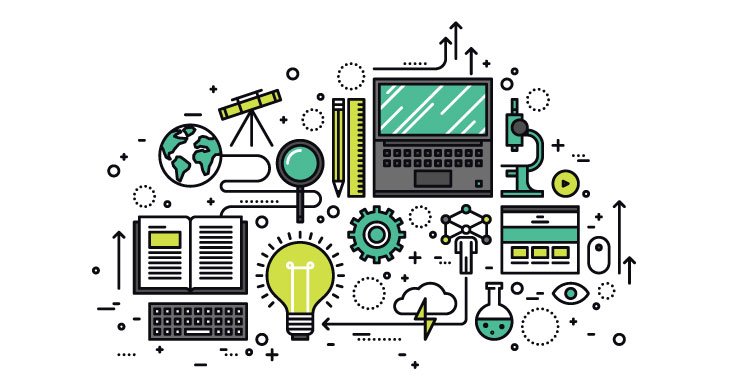Tech Versum: Explore the Future of Technology
Dive into the latest trends and innovations in technology with Tech Versum.
When Tablets Become Teachers: A New Era in Education Tech
Discover how tablets are transforming the classroom, revolutionizing learning, and shaping the future of education. Embrace the tech revolution!
Exploring the Impact of Tablets on Student Engagement in the Classroom
The integration of tablets in the classroom has revolutionized the way educators engage students. With their interactive features and accessibility to vast resources, tablets have become a valuable tool in promoting active learning. Research indicates that using tablets can lead to increased student engagement, as they allow for personalized learning experiences and cater to various learning styles. Teachers can utilize educational apps, multimedia presentations, and instant feedback systems that keep students motivated and involved in their own learning journey.
Furthermore, tablets facilitate collaboration among students, fostering a sense of community within the classroom. Through interactive projects and group activities, students can seamlessly share their ideas and work together in real-time, regardless of their physical location. In this digital age, the use of tablets not only enhances the learning experience but also prepares students for future environments where technology plays a crucial role. This shift towards technology-driven education reaffirms the importance of adapting teaching methods to meet the needs of today's learners.

How Tablets are Revolutionizing Personalized Learning
Tablets are fundamentally changing the landscape of education by enabling personalized learning experiences for students of all ages. Unlike traditional teaching methods that often employ a one-size-fits-all approach, tablets offer a range of educational applications tailored to meet individual learning styles and paces. This technology allows educators to track progress and adapt lesson plans accordingly, ensuring that each student can engage with the material in a way that resonates with them. As a result, personalized learning has become more efficient and impactful, ultimately leading to improved academic outcomes.
Moreover, the interactive nature of tablets fosters greater student engagement and motivation. Features such as gamified learning experiences, multimedia content, and instant feedback help to keep students motivated and focused on their educational goals. Personalized learning through tablets also extends beyond the classroom; students can access resources anytime and anywhere, making it easier to reinforce learning at home. This accessibility not only empowers students to take ownership of their education but also equips educators with the tools needed to enhance instruction and support diverse learning needs effectively.
Are Tablets the Future of Education? Key Benefits and Challenges
In recent years, tablets have emerged as a transformative tool in the field of education, offering a plethora of benefits that appeal to both educators and students. The portability and user-friendly interfaces of tablets allow learners to access a vast array of educational resources right at their fingertips. Key advantages include enhanced engagement through interactive learning materials, the ability to customize learning experiences to fit individual needs, and increased collaboration among peers. For instance, students can participate in real-time discussions and share resources instantly, fostering a more dynamic learning environment.
Despite the numerous advantages, the integration of tablets in education is not without its challenges. One significant concern is the potential for distraction, as the allure of games and social media can hinder students' focus on their studies. Furthermore, there are disparities in access to technology, which can create a digital divide among students from different socio-economic backgrounds. To maximize the benefits while addressing these issues, it is essential for schools and educators to implement structured guidelines and training that promote effective tablet use in the classroom.